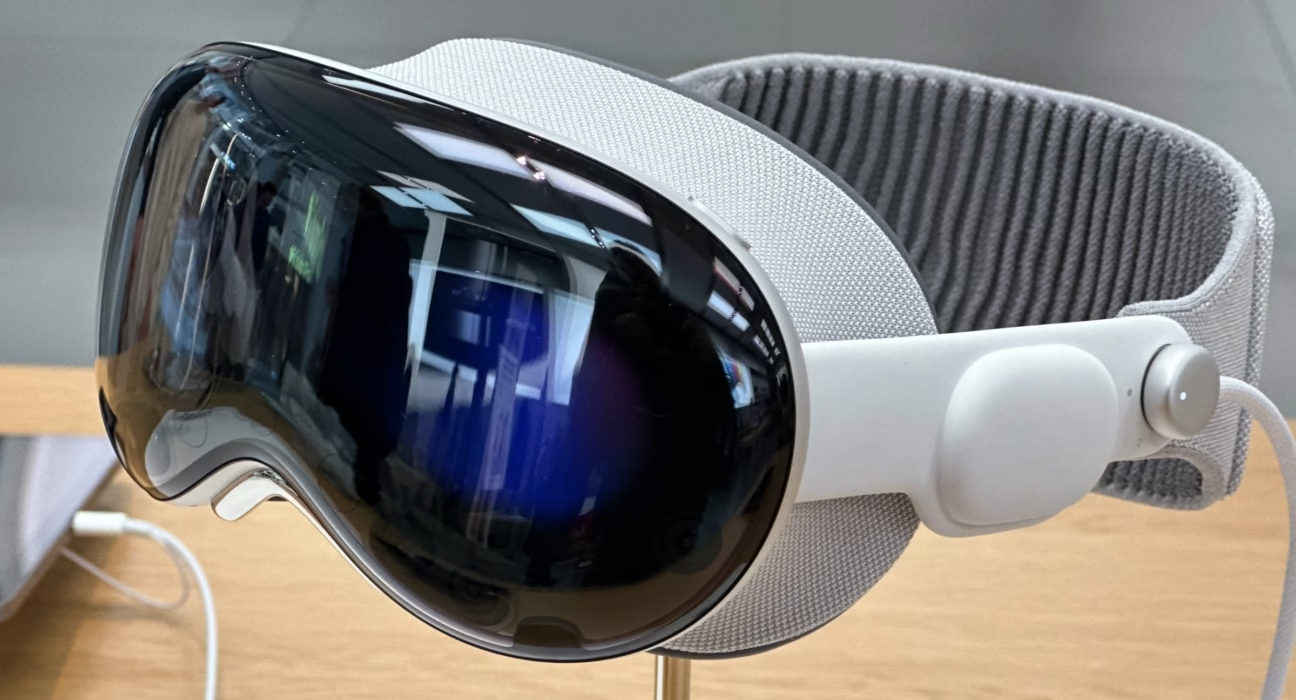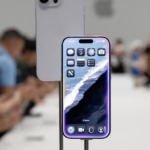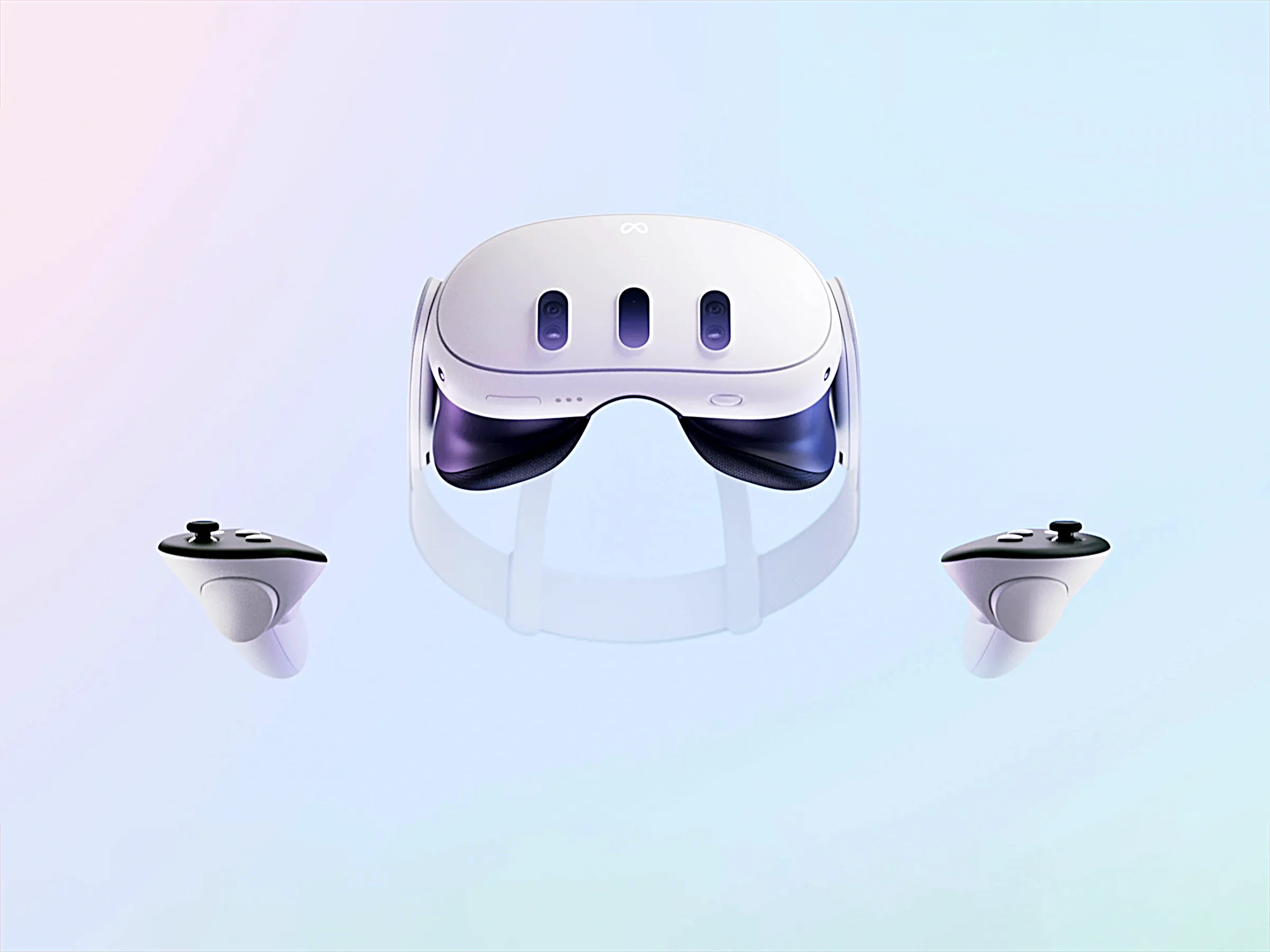The Apple Vision Pro: A Deep Dive into the Spatial Computing Revolution
Estimated reading time: 15 minutes
Key Takeaways
- The Apple Vision Pro spatial computing revolution signifies a major shift in human-computer interaction.
- Spatial computing technology integrates digital content with the physical world, creating 3D environments.
- The Apple Vision Pro is a pioneering device in this new era, offering advanced Apple mixed reality headset capabilities.
- Its design, user interface, and features represent a significant leap forward, albeit with some initial limitations.
- The device has the potential to transform work, entertainment, and communication.
Table of contents
- The Apple Vision Pro: A Deep Dive into the Spatial Computing Revolution
- Key Takeaways
- Understanding Spatial Computing: The Next Frontier
- Enter the Apple Vision Pro: A New Paradigm
- Deep Dive: An Apple Vision Pro Review
- Design and Craftsmanship
- Navigating the Experience: User Interface and Interaction
- Key Apple Vision Pro Features in Detail
- The Apple Vision Pro Spatial Computing Revolution: Impact and Potential
- Weighing the Options: Pros and Cons of the Apple Vision Pro
- Looking Ahead: Apple’s Role in the Future of Spatial Computing
- Final Thoughts on the Spatial Computing Era
- Frequently Asked Questions
The launch of the Apple Vision Pro spatial computing revolution is not merely another product release; it represents a profound shift in how we engage with technology. This blog post aims to provide an in-depth Apple Vision Pro review, dissecting its capabilities and exploring its pivotal role in ushering in a new era of computing. We define spatial computing technology as the seamless integration of digital content and experiences with the physical world. It moves beyond flat screens to create interactive, three-dimensional environments where the digital and physical merge – a concept explored in detail by sources like CNET and Basic Apple Guy. Prepare to explore the groundbreaking Apple Vision Pro features and understand their far-reaching implications for the future of computing.
Understanding Spatial Computing: The Next Frontier
At its core, spatial computing technology is the convergence of digital and physical realities. It’s a paradigm where computing power intelligently understands and interacts with the user’s environment in real-time, leveraging advanced sensors and sophisticated algorithms. As highlighted by CNET and MRTV, this technology allows digital elements – applications, data, and media – to appear as if they are genuinely part of the user’s physical surroundings. This fosters an unprecedented sense of presence and immersion, a stark contrast to our current interactions with technology.
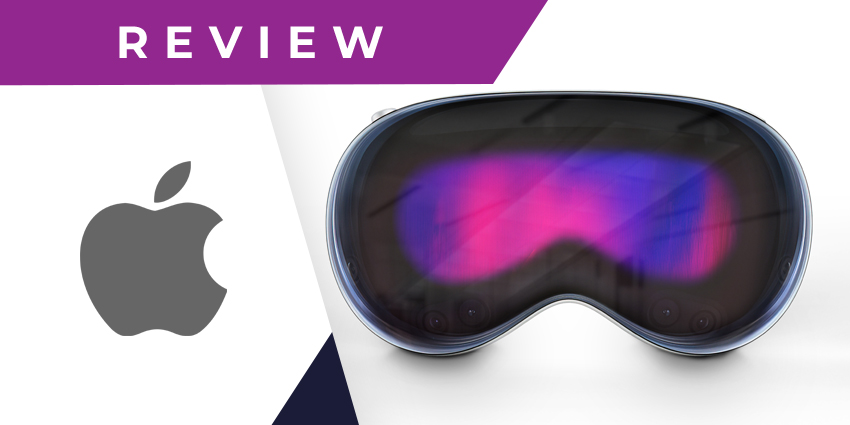
This approach fundamentally differs from traditional computing. Instead of interacting with information confined to a 2D screen, users engage with it in a three-dimensional space. This liberates us from the physical limitations of flat displays, offering a more intuitive and natural way to work, play, and communicate. As noted by CNET and Basic Apple Guy, spatial computing aims to make our digital interactions feel as real and tangible as our physical ones.
Enter the Apple Vision Pro: A New Paradigm
The Apple Vision Pro emerges as a pioneering device, positioning itself as the leading Apple mixed reality headset designed to redefine user interaction with the digital world. As reported by CNET and AppleInsider, this device powerfully exemplifies and advances spatial computing technology, setting a new benchmark for the industry with its sophisticated and integrated approach.

It serves a dual purpose, functioning as an Apple AR headset that seamlessly blends digital overlays with the user’s real-world view, while also offering full virtual reality immersion. This allows users to transition effortlessly between augmenting their physical space with digital elements or entering entirely new, virtual environments. This versatility is a key aspect of its appeal, as detailed by CNET.
Deep Dive: An Apple Vision Pro Review
Design and Craftsmanship
The Apple Vision Pro immediately strikes users with its premium build quality, refined aesthetic appeal, and thoughtful ergonomic design. Its comfortable fit and the use of high-end materials are described as “beyond reproach” by Basic Apple Guy, setting a high standard for wearable technology.

Crucial to its spatial computing technology are its key hardware components:
- High-resolution micro-OLED displays deliver exceptional clarity and vibrant colors, crafting a profoundly immersive visual experience, as noted in reviews like those from YouTube, CNET, and Basic Apple Guy.
- Advanced eye tracking and hand tracking systems provide precise and intuitive user input, making interactions feel natural and seamless, according to Basic Apple Guy.
- Industry-leading pass-through cameras offer a realistic view of the user’s surroundings with minimal latency and accurate shadow rendering, which is vital for effective mixed reality experiences, as detailed by MRTV.

However, some limitations are worth noting, such as a narrower field of view compared to some competitors and potential comfort considerations for prolonged usage, as pointed out by MRTV and Basic Apple Guy.
Navigating the Experience: User Interface and Interaction
The primary interaction methods for the Apple Vision Pro are a fluid combination of eye tracking, hand gestures, and voice commands. This creates an intuitive, gesture-based interface that feels remarkably natural, as described by Basic Apple Guy. The visionOS, the device’s spatial operating system, is both visually stunning and fluid. However, users may require some time to adapt to its unique workflow and interaction paradigms, a point raised by both AppleInsider and Basic Apple Guy.

One of the most transformative experiences is using the Vision Pro as a boundless personal display for work and entertainment. It’s often described as a “magical” capability, offering a vast, adaptable screen space that follows your gaze and can be resized or repositioned with simple gestures, a sentiment echoed by YouTube reviewers and CNET.
Key Apple Vision Pro Features in Detail
Let’s break down the core Apple Vision Pro features:
- Immersive displays: These enable users to view 3D content, massive virtual monitors, and entirely new types of applications, providing an unparalleled visual canvas. This is a highlight mentioned by YouTube and CNET.
- Spatial audio: This technology enhances the sense of immersion and realism by creating a believable soundscape that adapts to your environment and interactions, a key feature praised by Basic Apple Guy.
- Advanced eye- and hand-tracking: These systems provide precise control over the interface, allowing users to interact with digital elements naturally, as noted by Basic Apple Guy.
- “Personas”: These are digital representations of users designed for more natural video communication, aiming to bridge the gap in virtual interactions, a feature detailed by Basic Apple Guy.
- App ecosystem: While many iPad apps are compatible, there’s a notable absence of native applications and key streaming services like Netflix and YouTube, which impacts its day-to-day utility, a drawback highlighted by YouTube, CNET, and AppleInsider.

The Vision Pro functions effectively as an Apple AR headset, boasting superior pass-through capabilities. However, it also offers full VR experiences, although certain content categories like gaming are still in their nascent stages of development. This balance of AR and VR is a significant aspect, as discussed by CNET, MRTV, and YouTube reviewers.
The Apple Vision Pro Spatial Computing Revolution: Impact and Potential
The Apple Vision Pro is actively shaping the spatial computing revolution by transforming physical spaces into dynamic, interactive digital environments. As noted by CNET and Basic Apple Guy, this device provides a tangible glimpse into a future where our interaction with technology is far more integrated and immersive.

The potential applications span across various sectors:
- Work: Enabling flexible virtual workspaces, enhancing remote collaboration through shared 3D environments, and offering new ways to visualize complex data.
- Entertainment: Providing deeply immersive media experiences, from watching movies on a giant virtual screen to engaging with interactive 3D content. This potential is highlighted by YouTube and CNET, and Basic Apple Guy.
- Communication: Facilitating more engaging mixed reality meetings and spatial video calls that feel more personal and interactive, as suggested by CNET, YouTube, and Basic Apple Guy.

The Apple Vision Pro is setting a precedent for future devices, positioning Apple at the vanguard of spatial computing technology advancement and market adoption. This influence is a critical aspect of its impact, as discussed by CNET and Basic Apple Guy.
Weighing the Options: Pros and Cons of the Apple Vision Pro
Providing a balanced Apple Vision Pro review requires acknowledging both its significant advantages and its notable drawbacks.
Key advantages include:
- Unmatched build quality and display performance, praised by Basic Apple Guy and YouTube reviewers.
- A truly groundbreaking immersive media experience that redefines entertainment and content consumption, as noted by YouTube and CNET.
- Highly intuitive spatial interaction methods that feel natural and efficient, a point emphasized by Basic Apple Guy and MRTV.

However, its significant drawbacks cannot be overlooked:
- A high price point, starting at $3,500, which limits widespread accessibility, as reported by CNET.
- A nascent app ecosystem with missing key services, impacting its day-to-day utility, a concern raised by YouTube, CNET.
- Potential comfort issues during extended use and the inherent learning curve for a new type of interface, discussed by Basic Apple Guy and MRTV.
- Battery life remains a practical constraint for longer sessions, as noted in reviews such as those on YouTube.
Looking Ahead: Apple’s Role in the Future of Spatial Computing
The Apple Vision Pro should be viewed as a foundational device, offering a glimpse into Apple’s long-term vision and roadmap for innovation within the Apple AR headset space and beyond. Its introduction sets the stage for future iterations and broader adoption of spatial computing. As articulated by Basic Apple Guy, this device is a statement of intent from Apple.

The broader trajectory of spatial computing technology suggests a future where these immersive interfaces become more lightweight, accessible, and seamlessly integrated into our daily lives. It’s likely that future devices will evolve beyond the current Vision Pro form factor, becoming more unobtrusive and versatile, a prediction shared by AppleInsider and Basic Apple Guy.
This Apple mixed reality headset is poised to fundamentally influence the direction of human-computer interaction. It will drive development across hardware, software platforms, and user behaviors for years to come, shaping how we perceive and engage with the digital world, a point strongly made by CNET and Basic Apple Guy.
Final Thoughts on the Spatial Computing Era
The Apple Vision Pro, as a pioneer, has undeniably ignited the spatial computing revolution, offering a tangible and immersive glimpse into the future of computing. While it is a bold step, it’s also an imperfect one, as reflected in this Apple Vision Pro review. Its role extends beyond being just a product; it acts as a catalyst, accelerating the maturation of spatial computing technology and mixed reality experiences. The insights from Basic Apple Guy, CNET, and MRTV collectively underscore its significance in this unfolding technological landscape.

The Apple Vision Pro‘s critical role in accelerating the development and adoption of spatial computing technology cannot be overstated. As a product and a platform, it is laying the groundwork for a new era of human-computer interaction, as emphasized by CNET and Basic Apple Guy.
What are your thoughts on this groundbreaking Apple AR headset? Share your perspectives and predictions for the future of spatial computing in the comments below!
Frequently Asked Questions
What exactly is spatial computing?
Spatial computing is a technology that blends digital content with the physical world, allowing users to interact with digital information in three-dimensional space using devices like headsets or glasses. It’s about making digital experiences feel more present and integrated with our surroundings. You can learn more from sources like CNET.
What makes the Apple Vision Pro a mixed reality headset?
The Apple Vision Pro is considered a mixed reality headset because it can both augment your real-world view with digital elements (Augmented Reality – AR) and fully immerse you in virtual environments (Virtual Reality – VR). This duality allows for a flexible and comprehensive spatial computing experience, as explained by CNET.

What are the key features of the Apple Vision Pro?
Key features include high-resolution immersive displays, advanced eye and hand tracking for intuitive control, spatial audio for realistic soundscapes, and “Personas” for more natural virtual communication. These features contribute to its role as a leading device in spatial computing, as detailed by Basic Apple Guy.
What are the main limitations of the Apple Vision Pro?
The primary limitations include its high price point, a relatively underdeveloped app ecosystem with missing key streaming services, potential comfort issues during extended use, and battery life constraints. These are important considerations for potential buyers, as noted by CNET and Basic Apple Guy.
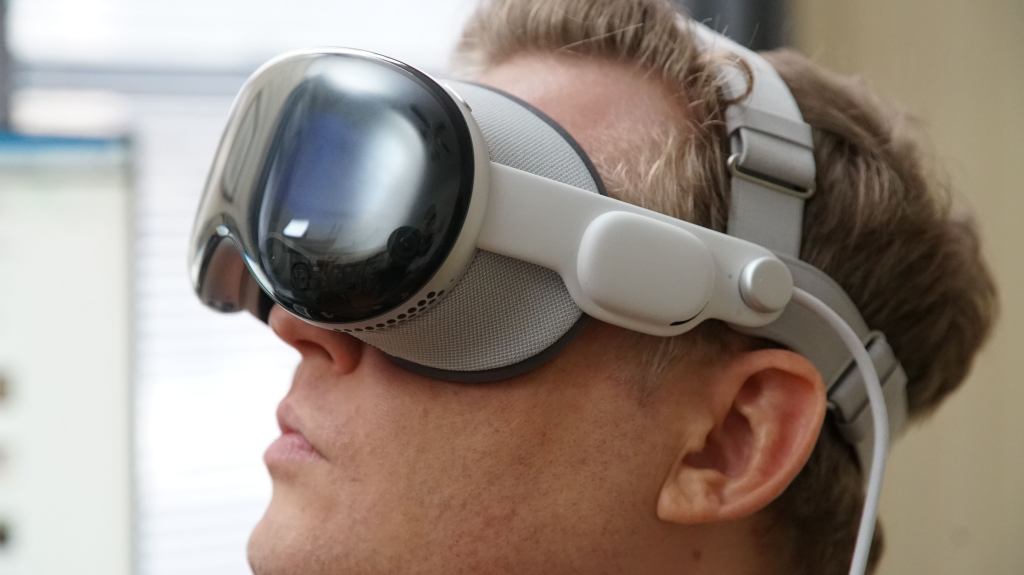
How is the Apple Vision Pro impacting the spatial computing revolution?
The Vision Pro is acting as a catalyst, raising awareness and driving innovation in spatial computing. It’s setting new standards for hardware, software, and user interaction, essentially defining what the early stages of this revolution look like. Its impact is a significant topic in analyses by CNET and Basic Apple Guy.



